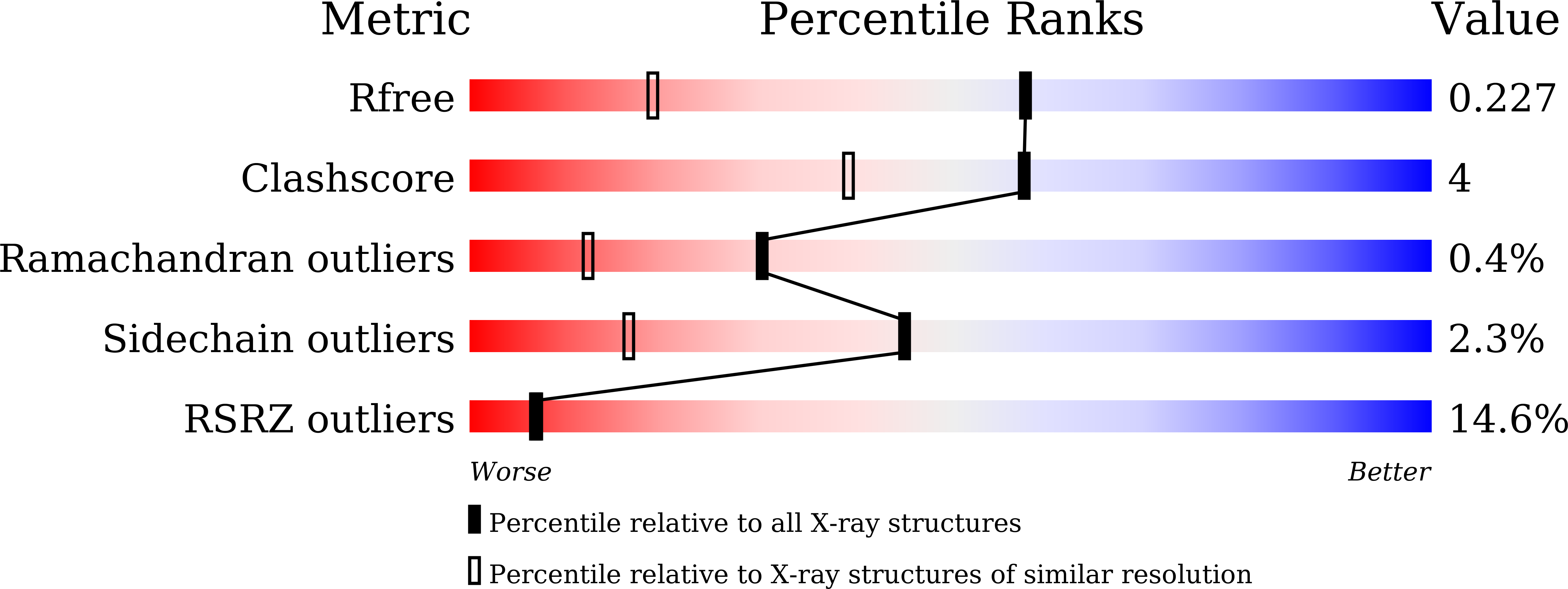
Deposition Date
2024-11-08
Release Date
2025-05-07
Last Version Date
2025-05-21
Entry Detail
PDB ID:
9KGP
Keywords:
Title:
The structure of natural P450BM3-H derived from Bacillus megaterium for catalyzing the steroid DHEA
Biological Source:
Source Organism:
Priestia megaterium NBRC 15308 = ATCC 14581 (Taxon ID: 1348623)
Host Organism:
Method Details:
Experimental Method:
Resolution:
1.52 Å
R-Value Free:
0.22
R-Value Work:
0.22
R-Value Observed:
0.22
Space Group:
P 1 21 1


